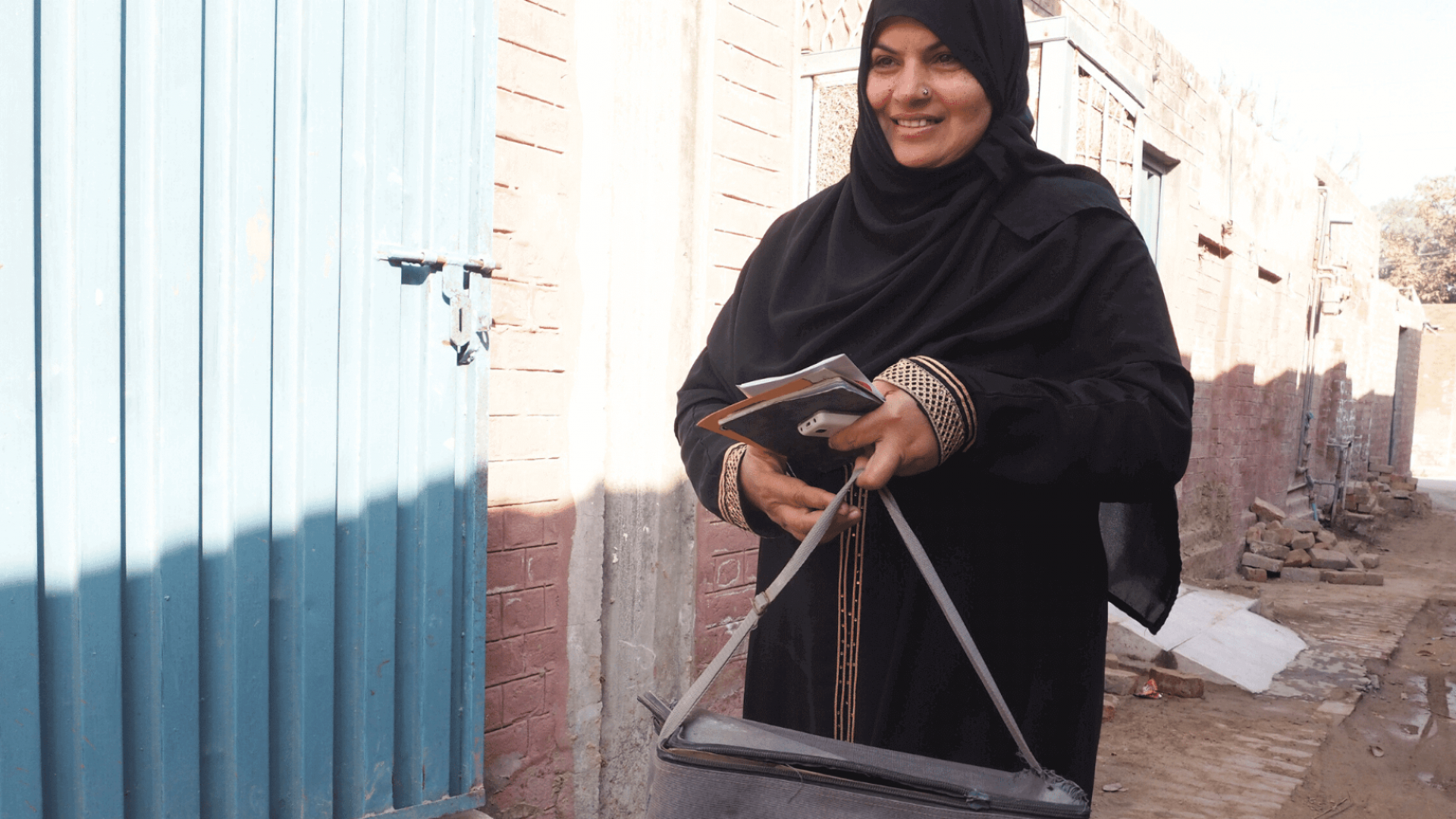Relying on national statistics can lead to complacency, as minority disadvantaged populations may suffer from inequities buried in overall data. The COVID-19 pandemic highlights this point, as United States (US) health officials were unaware that Black, American Indian/Alaskan native, and Latinx populations had an age-adjusted hospitalisation rate 4-5 times that of non-Hispanic whites.1
Eye health statistics can also obscure inequity. High Income North America has the lowest age-standardised rate of vision impairment in the world, 0.12%, largely driven by low rates in white persons. Hidden are higher rates of vision loss among women, and of blindness rates in Blacks over 40 years (0.60% in white males and 0.65% in white females compared to 1.47% in Black males and 1.01% in Black females).2 Inequities in disease-specific rates also exist, as shown in a national sample of persons with diabetes.3 The rates of diabetic retinopathy in Black and Latinx were 2-3 fold higher than non-Hispanic white persons. Clearly, HICs cannot rest on good metrics at the national level if there are disadvantaged populations that deserve increased attention.
In the US, eye health services are largely not integrated into other health care services. People often must take responsibility to seek care and pay for treatment. Not surprisingly, disparities along racial and socioeconomic status lines are prominent. Among those who report vision impairment, 53% of white persons report having an annual eye exam, compared to only 47% of Black and 37% of Latinx persons.4
HICs are not immune to the charge to “leave no one behind” and must disaggregate national data to be certain inequities are not hidden. Surveillance systems to monitor disparities in eye health should include objective measurements of vision, being mindful that questions have cultural perceptions making interpretation difficult. For example, more older Black persons have visual acuity worse than 6/12, and yet report good vision, compared to white persons.5 In 2018, a Vision and Eye Health Surveillance System was created, which aims to identify disparities in visual health and access to care and monitor trends in prevalence, use, and practice patterns. Hopefully, the increasing awareness of inequities by the US population will also increase demand for equity in health services, including eye health, so the surveillance system will have improvements to measure.6,7
- Centers for Disease Control and Prevention. COVID-19 in Racial and Ethnic Minority Groups. 2020. https://www.cdc.gov/coronavirus/2019-ncov/need-extra-precautions/racial-ethnic-minorities.html (accessed 20/07/2020).
- Varma R, Vajaranant TS, Burkemper B, et al. Visual Impairment and Blindness in Adults in the United States: Demographic and Geographic Variations From 2015 to 2050. JAMA Ophthalmol 2016; 134(7): 802-9.
- Munoz B, West SK, Rodriguez J, et al. Blindness, visual impairment and the problem of uncorrected refractive error in a Mexican-American population: Proyecto VER. Invest Ophthalmol Vis Sci 2002; 43(3): 608-14.
- Zhang X, Cotch MF, Ryskulova A, et al. Vision health disparities in the United States by race/ethnicity, education, and economic status: findings from two nationally representative surveys. Am J Ophthalmol 2012; 154(6 Suppl): S53-62 e1.
- El-Gasim M, Munoz B, West SK, Scott AW. Discrepancies in the concordance of self-reported vision status and visual acuity in the Salisbury Eye Evaluation Study. Ophthalmology 2012; 119(1): 106-11.
- Centers for Disease Control and Prevention. Vision and Eye Health Surveillance System (VEHSS). 2020. https://www.cdc.gov/visionhealth/vehss/reports/index.html (accessed 05/08/2020).
- Rein DB, Wittenborn JS, Phillips EA, Saaddine JB, Vision, Eye Health Surveillance System Study G. Establishing a Vision and Eye Health Surveillance System for the Nation: A Status Update on the Vision and Eye Health Surveillance System. Ophthalmology 2018; 125(4): 471-3.

